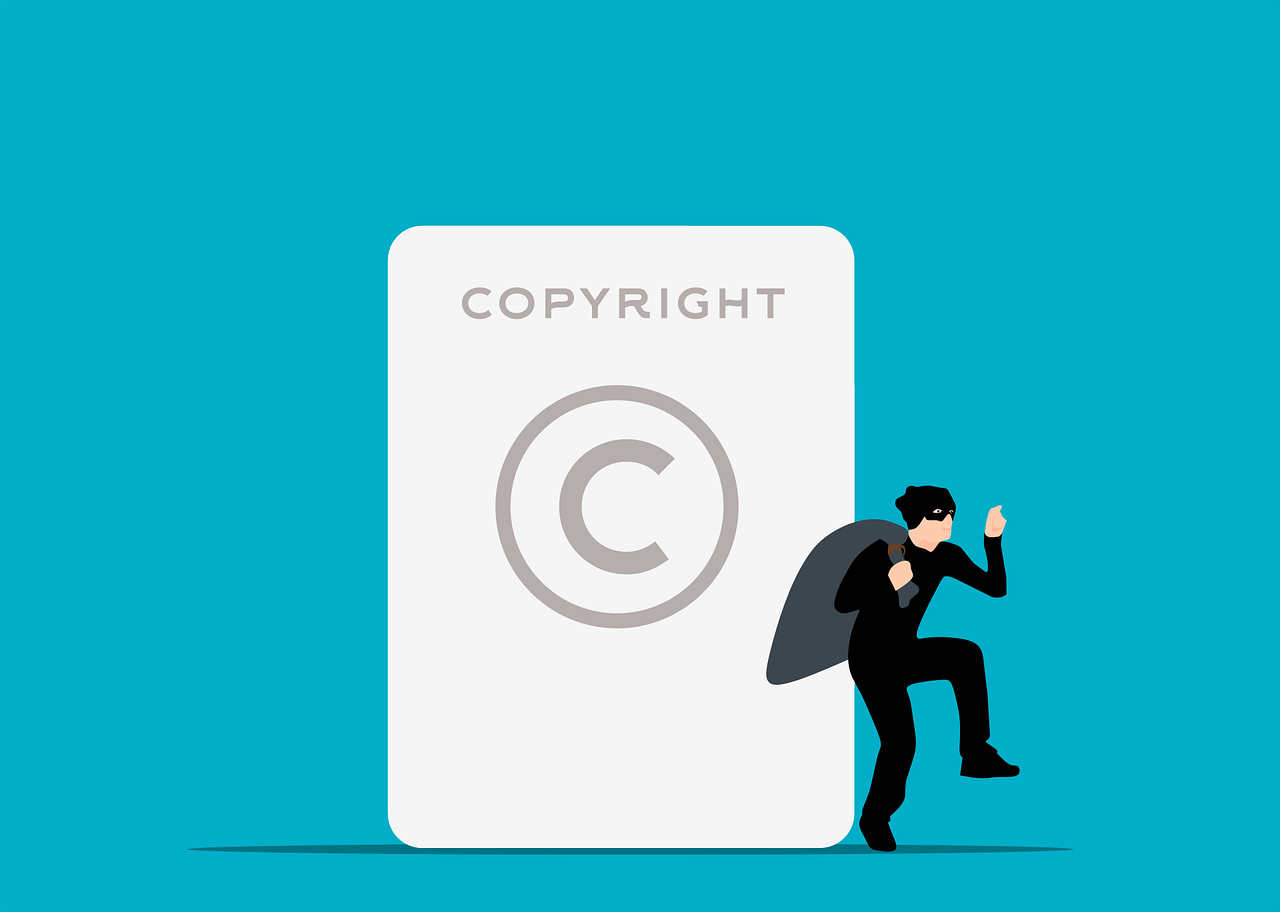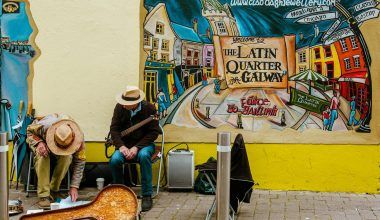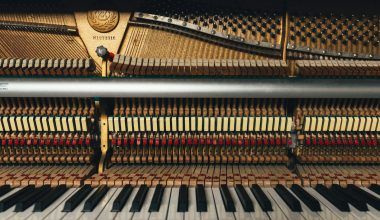YouTube has grown into one of the most popular platforms for creators worldwide. From cooking tutorials to gaming streams, millions of people upload videos daily to share their talents, knowledge, or experiences. However, with this creative freedom comes responsibility—especially when it comes to copyright laws. If you’ve ever encountered a copyright strike on YouTube, you know how stressful and confusing it can be. This blog will simplify everything you need to know about YouTube copyright strikes, how they work, and how to avoid them.
What is a Copyright Strike on YouTube?
A copyright strike on YouTube happens when someone claims that your video uses their copyrighted material without permission. This could include music, video clips, images, or other protected content. YouTube’s automated system, Content ID, often flags such issues, but copyright owners can also manually report content.
For example, let’s say you’ve uploaded a video featuring a popular song in the background. If you don’t have the rights to use that song, the copyright owner might issue a strike against your video. A strike can have serious consequences for your channel if not resolved properly.
How Do Copyright Strikes Affect Your Channel?
Copyright strikes are more than just a warning. They can limit your channel’s functionality and, if left unresolved, even lead to its termination. Here’s what can happen if you get a strike:
- Restricted Features: Some features like live streaming might be disabled.
- Monetization Risks: You may lose your ability to monetize videos.
- Channel Termination: If you receive three strikes within 90 days, YouTube will terminate your channel and remove all your videos.
These consequences make it essential to address copyright strikes promptly and understand how to prevent them.
Common Reasons for Copyright Strikes
It’s important to recognize the common reasons creators receive copyright strikes so you can avoid them:
- Using Copyrighted Music: Adding popular songs without licensing them.
- Clips from Movies or TV Shows: Uploading scenes without permission.
- Reusing Other Creators’ Content: Including another creator’s video without approval.
- Stock Footage or Images: Using protected visuals without purchasing a license.
Understanding these pitfalls will help you create original content and steer clear of potential strikes.
How to Avoid Copyright Strikes on YouTube
Avoiding copyright strikes is all about being cautious and respectful of other creators’ rights. Here are some actionable tips:
- Use Royalty-Free Music: Many websites offer free or affordable music that’s safe to use in your videos.
- Create Original Content: Whenever possible, produce your own videos, music, and visuals.
- Check Copyright Licenses: If you’re using external content, ensure you have the right to do so.
- Use YouTube’s Audio Library: This is a free resource offering copyright-safe music for creators.
- Give Proper Credit: Some content allows usage as long as you credit the original creator. Always read the terms.
Understanding Fair Use
Fair use is a legal doctrine that allows limited use of copyrighted material without permission for specific purposes, such as:
- Education: Teaching or academic purposes.
- Commentary and Criticism: Reviewing or critiquing work.
- Parody: Creating humorous or exaggerated versions.
However, fair use is subjective and varies by jurisdiction. Even if you believe your use qualifies, the copyright owner may disagree, potentially leading to a strike. It’s always best to consult legal advice if you’re unsure.
What to Do If You Get a Copyright Strike
If you’ve received a copyright strike, don’t panic. Here are the steps to resolve it:
- Review the Claim: Check the details of the claim in your YouTube Studio.
- Remove the Content: If you’re in the wrong, delete or replace the infringing content.
- Contact the Copyright Owner: Sometimes, reaching out and explaining your situation can lead to a resolution.
- File a Dispute: If you believe the claim is false or your use qualifies as fair use, you can submit a dispute.
- Wait for the Outcome: Once you file a dispute, YouTube will review the case. If resolved in your favor, the strike will be removed.
What is Content ID?
Content ID is YouTube’s automated system that scans uploaded videos for copyrighted material. If it detects a match, it will notify the copyright owner, who can then:
- Monetize the Video: The owner can claim the revenue from your video.
- Mute the Content: They might mute the portion with the copyrighted material.
- Block the Video: The video could be blocked globally or in specific regions.
Understanding how Content ID works can help you navigate copyright issues more effectively.
Alternatives to Risky Content
If you love adding flair to your videos but worry about copyright, here are some safe alternatives:
- Use Creative Commons Content: Some creators allow free use under certain conditions.
- Hire a Freelancer: Platforms like Fiverr offer affordable custom music and visuals.
- Invest in Stock Libraries: Websites like Shutterstock or Epidemic Sound offer a wealth of licensed material.
The Difference Between Copyright Strikes and Claims
It’s important to note that copyright claims and strikes are not the same. A claim usually doesn’t harm your channel but may prevent monetization on the claimed video. Strikes, however, are more severe and can impact your channel’s health.
Final Thoughts
Copyright strikes on YouTube can be daunting, but they’re manageable with the right approach. Focus on creating original, engaging content and understanding copyright rules to protect your channel. If you do receive a strike, act quickly to resolve it and learn from the experience. With these tips, you can continue to grow your channel while staying on the right side of copyright law.
For further reading, explore these related articles:
- Discovering Maluma Songs: A Journey into the Heart of Latin Music
- Understanding “Left and Right” Song Lyrics: A Story About Love and Life
For additional resources on music marketing and distribution, visit DMT Records Pvt. Ltd..






